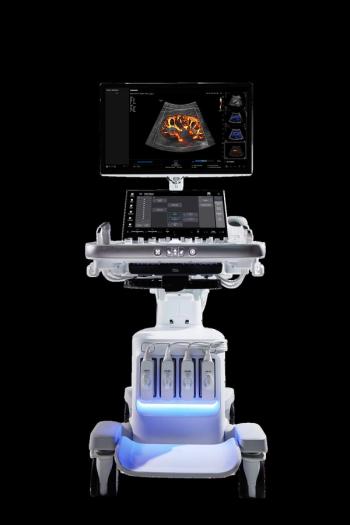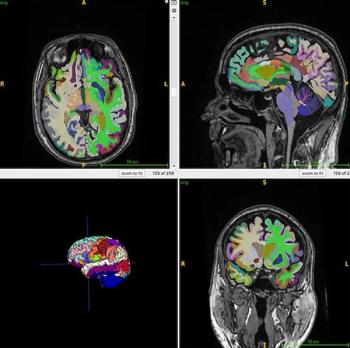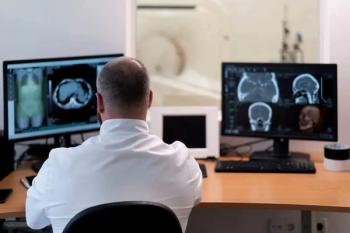
Reading room improvements need advocates
There will come a day when radiologists enter a reading room and go to a station where the chair, workstation, lighting, and ambient temperature settings will all automatically adjust to optimized preset preferences. Until that day, however, radiologists will have to suffer in substandard working conditions unless they take takes steps to personally adjust their environment or someone in the radiology department becomes a champion for the cause of better reading room design.
There will come a day when radiologists enter a reading room and go to a station where the chair, workstation, lighting, and ambient temperature settings will all automatically adjust to optimized preset preferences. Until that day, however, radiologists will have to suffer in substandard working conditions unless they take takes steps to personally adjust their environment or someone in the radiology department becomes a champion for the cause of better reading room design.That was the message during a Saturday presentation on reading room design. Dr. Nabile Safdar, of the University of Maryland School of Medicine, discussed the dynamics of better reading room design, among them the fact that few people are actually pushing the concept, and offered some tips for economical adjustments that help improve reading rooms when funds for big overhauls are not available. A host of factors argue for better reading room ergonomics: studies show that better settings improve interpretation quality, boost productivity, and reduce fatigue, Safdar said.Other fields have long recognized the importance of work setting ergonomics, but the standard in radiology tends to be much lower. In some settings radiology reading rooms also serve as libraries and storage areas. They are often too bright or too dark, or have too much glare and are overwhelmed with clutter. Still, radiologists tend to tolerate these reading settings, and the problems persist. A key reason, Safdar said, is that responsibility for reading room comfort and design tends to be diffused; no one really is responsible for maintaining and assuring the quality of the reading room environment. There should be someone in that role, not only for the comfort and productivity improvements this would bring, but for the protection it offers against declines in quality, Safdar said. A cluttered and uncomfortable reading room may convey to both visiting clinicians and radiologists that quality doesn't matter that much. Even if a complete overhaul of the reading room is not in the offing, Safdar offered a number of other steps, many of them inexpensive, that can improve conditions for radiologists who work there:
- Monitors are frequently too high and too close to the reader. The ideal position in terms of height is to have the top of the monitor at or slightly below eye level. It may not always be possible to achieve this when the monitor is in the portrait view, but that should be the goal.
The "resting point of vergence," the point where lines of sight converge if there is nothing to gaze at, is about 35 to 45 inches in front of the face and represents a natural focus point. Most published guidelines call for the monitor to be 24 to 36 inches in front of the face. Placing a monitor at an individual's resting point of vergence is probably impossible, but designers should be aware that monitors that are too close to the reader will produce visual fatigue over time.
- Adjustable workstation desks and chairs are widely available and necessary. Foot rests are inexpensive and helpful.
- Research shows that suboptimal monitor luminance can result in longer reading times, which means less productivity, decreased accuracy, and increased radiologist fatigue. Too much ambient light also increases radiologist fatigue and too little makes the monitor appear too bright.
Along with bright monitors, the solution is adjustable office lighting. If that is not possible, small, inexpensive adjustable lamps at the workstation can help.
- Ventilation is important. If you can't afford an expensive workstation ventilation system, an inexpensive fan purchased at the store might help. Studies suggest that radiologists are most productive when temperatures are slightly below their comfort zone.
- White noise can help damp ambient noise from nearby rooms or hallways. Noise control is especially important when using speech recognition.
- Electronic post-it notes can help reduce paper clutter.
- Interruptions harm concentration and productivity. Departments should consider situating a person near the reading room entrance who could serve as a "greeter" and deflect some of the interruptions that would otherwise occur.
Newsletter
Stay at the forefront of radiology with the Diagnostic Imaging newsletter, delivering the latest news, clinical insights, and imaging advancements for today’s radiologists.



























